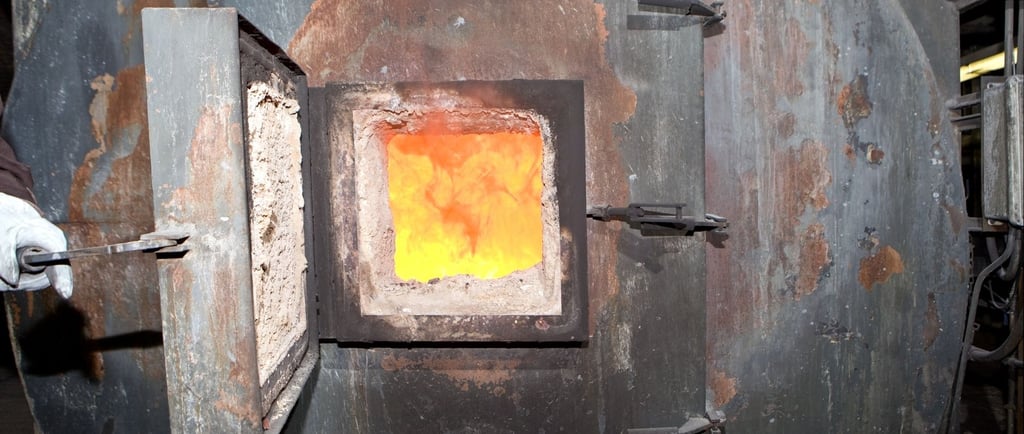TPO in Action: Practical Uses and Real-World Efficiency
INTRODUCTION
TYROIL
6/15/20252 min read


We've explored what Tire Pyrolysis Oil (TPO) is and its significant environmental benefits. But how does this innovative fuel actually work in the real world? Where is it used, and what kind of efficiency does it offer? This article delves into the practical applications of TPO, showcasing its versatility and its role in driving sustainable operations across various industries.
TPO as an Industrial Fuel: Powering Operations
The primary and most widespread application of TPO is as an industrial fuel. Its properties make it a suitable alternative to traditional heavy fuel oils or diesel in a variety of settings. You'll find TPO being used to power:
Industrial Boilers: Many factories and manufacturing plants rely on large boilers to generate steam for heating processes or power generation. TPO can be efficiently combusted in these boilers, providing a consistent and reliable heat source.
Furnaces and Kilns: Industries such as cement production, brick manufacturing, and metallurgy utilize high-temperature furnaces and kilns. TPO can serve as a direct fuel source for these energy-intensive operations.
Power Generators: In some cases, TPO can be used to fuel generators, providing electricity for industrial facilities, especially in areas where grid power is unreliable or expensive.
Efficiency in Practice: A Reliable Energy Source
When it comes to industrial applications, efficiency is paramount. TPO demonstrates strong performance as a fuel, offering several advantages:
High Calorific Value: TPO possesses a high energy content, meaning it releases a significant amount of heat when burned. This makes it an efficient fuel for processes requiring substantial thermal energy.
Cost-Effectiveness: Often, TPO can be a more economical fuel option compared to conventional fossil fuels, providing businesses with potential cost savings while also contributing to their sustainability goals.
Reliable Supply: As it's derived from a readily available waste stream (discarded tires), TPO can offer a more stable and localized fuel supply, reducing dependence on volatile global oil markets.
Versatility Beyond Direct Combustion
While direct combustion in industrial settings is its main use, the versatility of TPO extends further. With additional processing and refining, TPO can be upgraded to produce higher-value products. For instance, it can be fractionated into lighter fuel components or even serve as a feedstock for the chemical industry, contributing to the production of new materials. This multi-faceted utility underscores TPO's potential as a foundational element in a truly circular economy.
Driving Sustainable Operations
Ultimately, the practical application of TPO in industries is about more than just fuel; it's about driving sustainable operations. By integrating TPO into their energy mix, businesses can:
Reduce Waste: Actively participate in solving the waste tire problem.
Lower Carbon Footprint: Decrease their reliance on fossil fuels and potentially reduce greenhouse gas emissions.
Enhance Resource Efficiency: Utilize a recovered resource, contributing to a more circular and responsible use of materials.
In conclusion, Tire Pyrolysis Oil is not just a theoretical concept; it's a practical, efficient, and increasingly vital fuel source that is actively contributing to a more sustainable industrial landscape. Its real-world applications demonstrate how waste can be transformed into valuable energy, paving the way for a greener and more efficient future.
